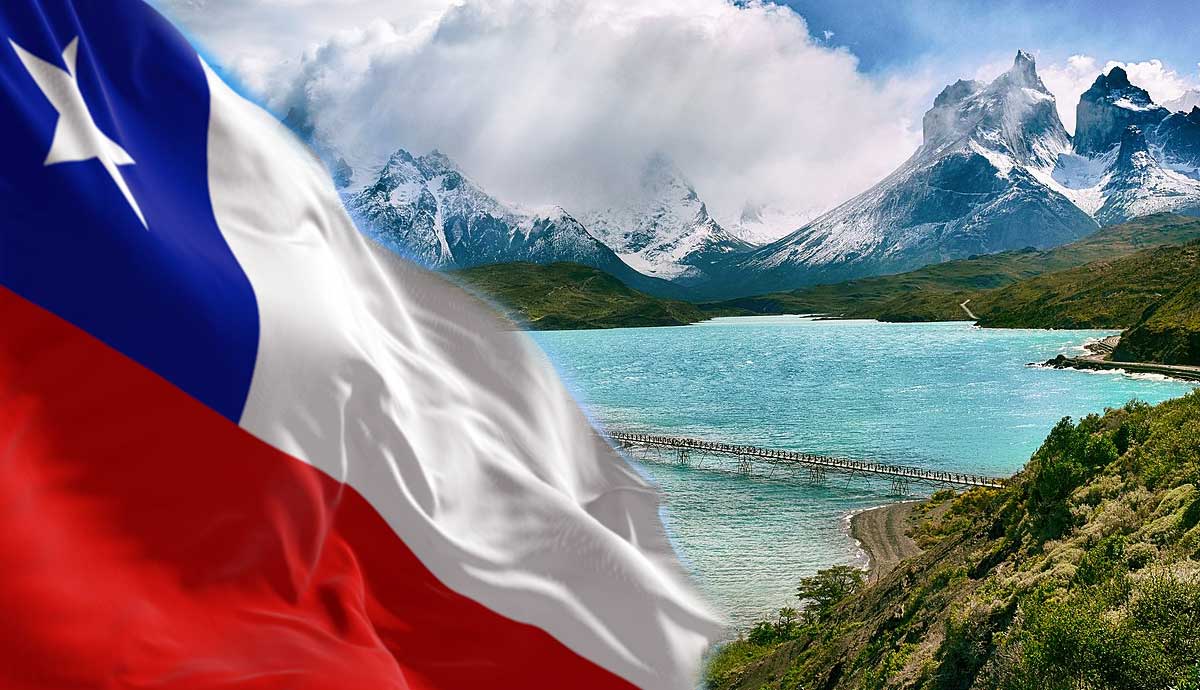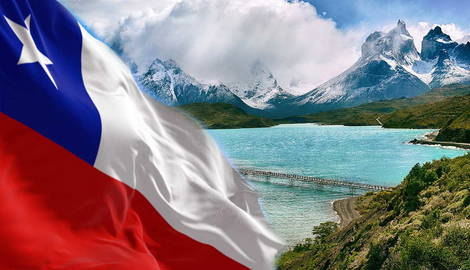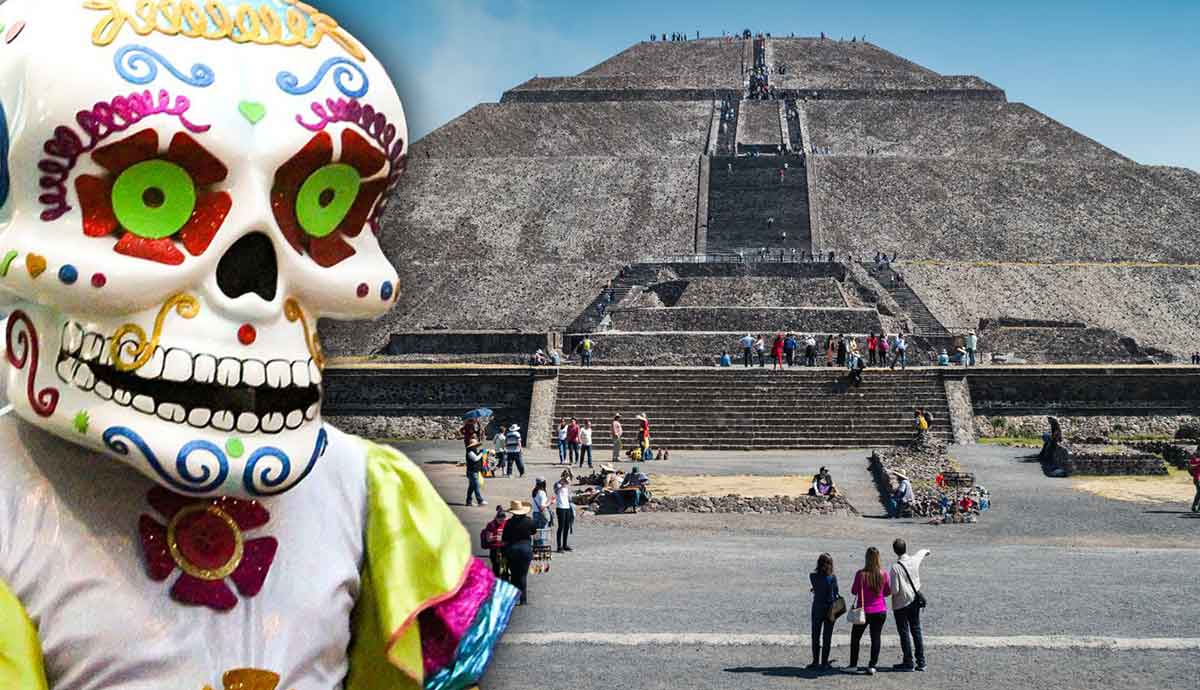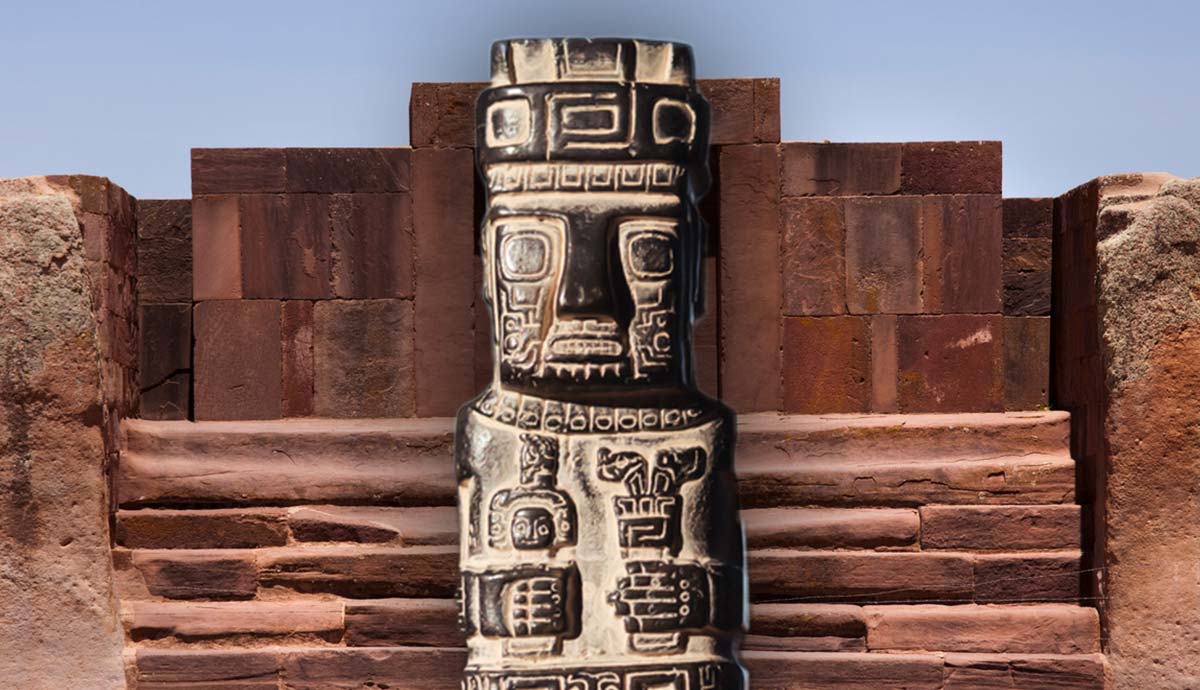
Given Chile’s unusual geography, finding the best month of the year when the northern, central, and southern regions are at their absolute best is impossible. If you wish to plan a whirlwind trip from top to bottom, you will be forced to make concessions. And that’s just fine: Chile is certainly worth a few compromises.
This country may be quirky, but it is also extraordinarily beautiful. Finding the best time to visit is a challenge worth tackling.
Visiting Chile

If you are unfamiliar with the country, here is some perspective for you. Chile stretches 2,700 miles (4,300 km) north to south, covering 39 degrees in latitude. It is as long as the entire western side of the USA — from the border of Canada down to Mexico. It is also narrow, with an average width of barely 110 miles (177 km). This unique shape and collection of distinctive landscapes means you will find a mind-boggling array of climates and variations within its borders.
To put some order into this geographical madness, I’ve divided up Chile by popular regional highlights, detailing the best time to visit each and the kind of activities you can expect to partake in no matter when you visit.
Chile’s Seasons

It may not mean much in some regions but the general seasons are still handy to note:
- Summer – December, January, February
- Autumn – March, April, May
- Winter – June, July, August
- Spring – September, October, November
And for some extremes:
- The hottest month is January
- The coldest month is July
- The wettest month is June
Overview of the Best Time to Visit Chile’s Regions

Here’s a brief overview of the best time to visit Santiago, the Atacama Desert, the southern Lakes District, Patagonia, and Easter Island. I’ll delve into more details further down.
- The best time to visit the capital, Santiago, depends on your interests. In spring (Sept – Nov), the weather is mild and pleasant, which is excellent for exploring extensively. If you prefer to attend the harvest festivals, visit in March, April, or May, or opt for June – August for skiing and snowboarding trips.
- The Atacama Desert in the north can be brutally cold in winter and absolutely scorching in summer. For the most moderate temperatures, visit Atacama from April to October. The coastal areas also enjoy milder temperatures during these months, although keep in mind that Chile is not exactly a beach lover’s paradise. The coast is windy, arid, and shrouded in a peculiar fog called camanchaca for most of the year. It makes for sensational photography but not-so-enjoyable beach combing.
- On the other hand, Southern Chile is best visited from November to March, during the summer. This is when spectacular but harsh Patagonia and Chile’s Lake District are most accessible and enjoyable.
- The best time to visit Easter Island is during the shoulder seasons of spring (April to June) and autumn (October to December), when the weather is mild, rainfall moderate, and the island is less crowded.
Northern Chile & the Atacama Desert

The Atacama is like no desert you’ll ever see in countless ways. This dramatic and arid landscape is breathtakingly spectacular. Visitors hit the salty, parched swathe of land to admire the ethereal landscapes, colonies of flamingos, and steaming geysers by day and soak up stupendously starry skies by night. Some of the best observatories in the world are found right here.
But when should you go?
Best Time to Visit: April to October

During winter, the Atacama experiences more moderate daytime temperatures, making daytime explorations and activities far more comfortable. This is the ideal period to visit if you want to hike through the desert’s surreal landscapes, marvel at the flamingos in the salt flats, or enjoy the dramatic sunset over the Valle de la Luna. While the days are pleasantly cool, nighttime temperatures can drop significantly, so be prepared.
From December to February, summer brings scorching daytime temperatures exceeding 95°F (35°C). Although the nights are still cool, the extreme daytime heat can make outdoor activities challenging.
Unique Considerations: The Atacama is a stargazer’s paradise and winter is also the perfect season for astronomy enthusiasts. The cooler air tends to be clearer, providing optimal conditions for viewing the Milky Way, nebulas, and entire galaxies with the naked eye.
Central Chile: Santiago & Wine Regions

The country’s capital, Santiago, sits snugly in a relatively mild central region valley, which enjoys temperate winters and cooler summers. If you’re after a city escape filled with culinary and cultural highlights, you could visit at any time of year. The nearby Maipo Valley is brimming with fantastic award-winning wineries — what better way to beat the winter blues than by indulging in a vino-tour-de-force? Brilliant skiing fields just outside the city make this a phenomenal winter destination for the active traveler. Want to visit in the summer? Then, join locals on a beach getaway to nearby Valparaiso.
Best Time to Visit: September to November (spring) and March to May (autumn)
Spring and autumn are exceptional seasons to visit Santiago and the surrounding wine regions. The weather is mild in spring, and the surrounding landscapes are blooming. It is an excellent time for hiking excursions and extensive sightseeing. Conversely, autumn coincides with the harvest season, making it ideal for vineyard touring.
In Santiago, summer (December to February) is warm, with daytime highs of around 30°C (86°F). The city center can be oppressively hot but if you are only shooting through to spend some days at the beach in Valparaiso, then it is certainly fine. Winter brings cooler temperatures, averaging around 10°C (50°F) from June to August.
Unique Considerations: Due to its location in a deep valley (surrounded by high peaks), and increased use of cars and wood-burning stoves, Santiago is afflicted with excessive smog and poor air quality in winter. Keep this in mind if you suffer from any kind of respiratory illness. As beautiful as its countryside is, Santiago can (literally) bring you to tears on the worst days in winter. To circumvent this, base yourself in the nearby Maipo, Casablanca, Aconcagua, or Colchagua valleys instead — all enjoy infinitely cleaner air in winter than the bustling capital.
Southern Chile: Patagonia and the Lake District

Southern Chile is a paradise for nature lovers and adventure seekers. From the towering peaks of the Andes to the stunning beauty of the Lake District and rugged wilderness of Patagonia, here is where you will find some of the most dramatic landscapes on earth.
Best Time to Visit: October to March
The summer and shoulder months at either end are the best time to explore southern Chile. The weather is relatively mild at this time, and the days are blissfully long, providing ample daylight for outdoor activities. If you wish to cruise the jaw-dropping Chilean fjords, visit historic Chiloé Island, or hike extensively in the Torres del Paine National Park, this is the best time to visit.

Do note, however, that the weather in this part of the world can change dramatically. There are no other landmasses at these latitudes around the planet, so the winds can be notoriously epic. Even in summer, when daytime temperatures can reach 72°F (22°C), a sudden change can easily drop that to freezing. Although it is wise to research the forecast for the specific southern area you wish to visit, it is even wiser to plan and pack for the worst. Don’t worry: drastic changes in summer don’t usually last that long, but if you are caught out on a long, multi-day hike, without proper attire, it can be a serious threat.
Unique Considerations: Many tourist facilities in Patagonia shut down during the harshest winter months. If you are an experienced adventurer seeking solitude and don’t mind braving brutal temps and snowy conditions, the winter can be an outstanding time to visit. Some lodges and all main roads remain open, so although you can discount long treks, you can certainly soak in a steaming jacuzzi in a 5-star lodge overlooking some eye-popping landscapes.
Easter Island: A Year-Round Destination

Easter Island, or Rapa Nui, is one of the world’s remotest islands. It is famous for its enigmatic Moai statues and exceptional culture which blends Polynesian traditions with a South American heritage. The island enjoys a surprisingly subtropical climate, which makes it an ideal year-round destination. Still, there are slight seasonal variations to consider.
Best Time to Visit: April to June and October to December
The shoulder seasons (April to June) and (October to December) offer the best balance of mild weather and fewer tourists. You can expect comfortable temperatures and mild rainfall in these periods — perfect for exploring the island and visiting archeological sites.
Summer (Dec – Feb) can be quite hot, with temperatures averaging 82°F (28°C). This is also peak tourist season — visitors come from the mainland and board expedition cruises headed to and from Antarctica. While winter temperatures are mild (64°F – 18°C), this is also the absolute wettest time of year to visit. Most attractions are outdoors, so it is arguably not an ideal time to visit.
Unique Considerations: Easter Island is, quite literally, in the middle of nowhere on the South Pacific Ocean, about a third of the way between South America and Australia. The only way to reach it by plane is via Santiago — the flight takes around five hours. Flights and accommodation options on Easter Island are quite limited, so you must book your visit months in advance. This is the only destination in Chile where you cannot “wing” it. If you are planning to include Rapa Nui on your Chile itinerary, I suggest you book this part of your trip first and work out the remainder around it.










